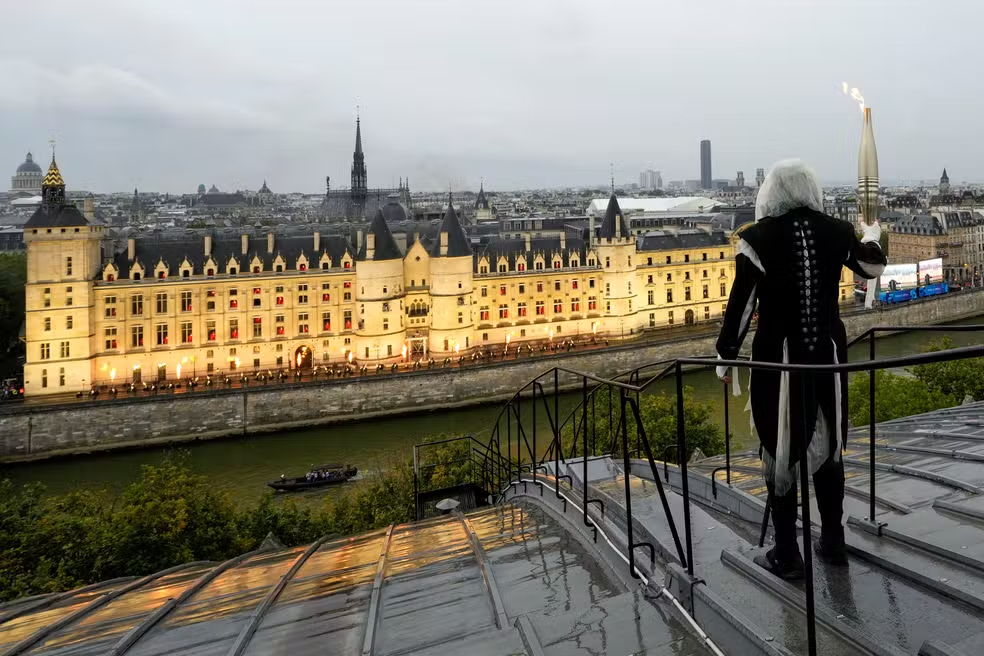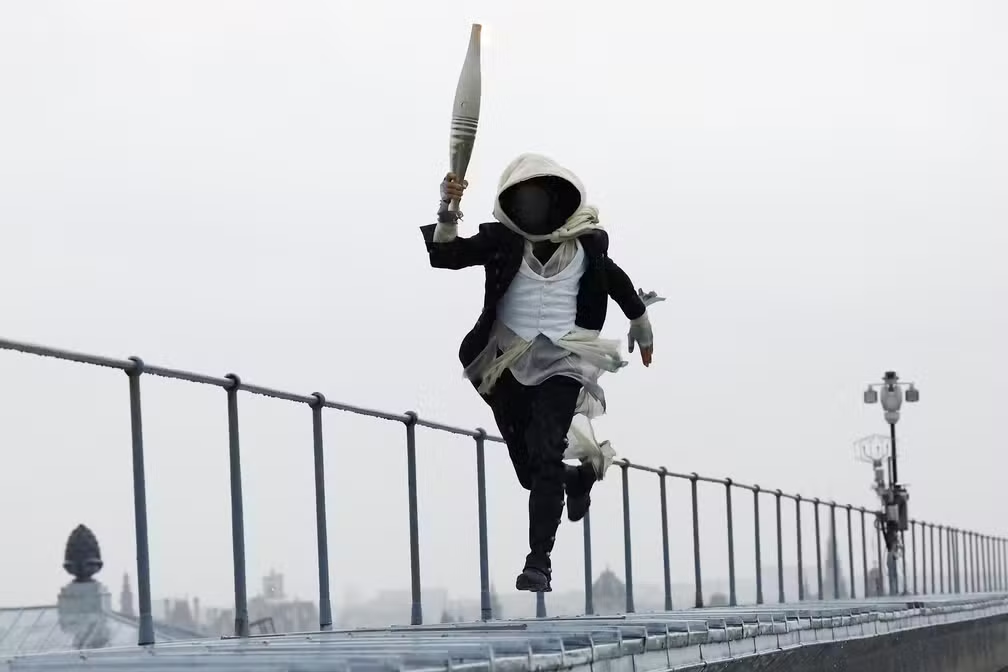Parkour, a dynamic and exciting discipline, has finally earned its place in the 2024 Olympics. Originating in urban streets and parks, parkour combines physical skill, agility, and creativity. With the inclusion of this sport, the 2024 Olympics promise to bring a new dimension of sport and entertainment to fans worldwide.
Since its inception, parkour has always been seen as more than just a sport; it is a form of expression. The journey of parkour to the Olympics is a story of perseverance, passion, and global growth. In this article, we will explore how parkour made it to the Olympic stage and what it means for the future of the sport.
Want to learn more about the history of parkour and its inclusion in the 2024 Olympics? Keep reading to discover all the details about this exciting new addition to the Olympic Games.

History of Parkour
Parkour emerged in France in the 1980s, created by David Belle and other practitioners who sought a form of movement that was free and functional. Inspired by military training, parkour developed as a practice of efficiently and stylishly overcoming urban obstacles. Since then, it has spread worldwide, gaining popularity especially among urban youth.
Inclusion Process
The inclusion of parkour in the Olympics was a long and meticulous process. Official recognition by the International Olympic Committee (IOC) began with the Fédération Internationale de Gymnastique (FIG) adopting parkour as a discipline. After several successful international competitions and a significant increase in global participation, the IOC decided to include parkour in the 2024 Olympic Games, marking a major milestone for the sport.
Rules and Format
In the 2024 Olympics, parkour will be divided into two main categories: speed and freestyle. In the speed category, athletes will compete to complete an obstacle course in the shortest possible time. In freestyle, competitors will be judged by a panel based on the creativity, difficulty, and execution of their maneuvers. The rules are designed to maintain the essence of parkour while ensuring fair and exciting competition.
Athletes and Expectations
With parkour’s inclusion in the Olympics, many renowned international athletes are preparing to compete on the world’s biggest sports stage. Names like Pasha Petkuns and Luci Romberg are among the favorites to win medals. The competitions promise to be a showcase of skill and innovation, with athletes demonstrating the best of their abilities.

Impact and Importance
The inclusion of parkour in the Olympics is a significant milestone for the sport. It not only elevates the status of parkour globally but also inspires a new generation of practitioners. With Olympic visibility, more young people will be drawn to the practice, further expanding the community and promoting a healthy, active lifestyle.
Conclusion
Parkour in the 2024 Olympics represents a new chapter for this vibrant and innovative sport. The journey of parkour, from the streets of France to the Olympic stage, is a story of passion and growth. As we approach the Games, the excitement continues to build, promising an exciting and inspiring competition.
Frequently Asked Questions
- What is parkour? Parkour is a movement discipline that involves overcoming urban obstacles in a quick and efficient manner.
- When was parkour included in the Olympics? Parkour was included in the Olympics in 2024, following recognition by the International Olympic Committee.
- What are the categories of parkour in the Olympics? The categories are speed, where athletes complete a course in the shortest time possible, and freestyle, judged on creativity and execution.
- Who are the top parkour athletes? Some of the top athletes include Pasha Petkuns and Luci Romberg.
- What is the impact of parkour’s inclusion in the Olympics? The inclusion of parkour in the Olympics elevates the sport globally, inspires new practitioners, and promotes a healthy lifestyle.



